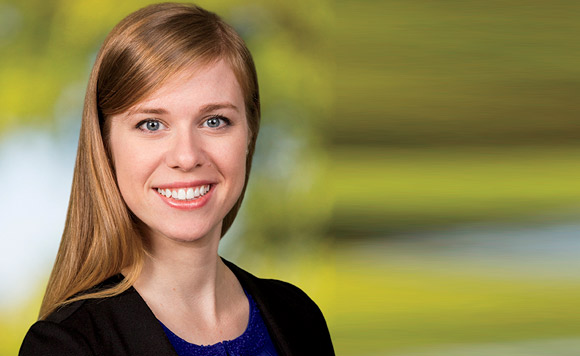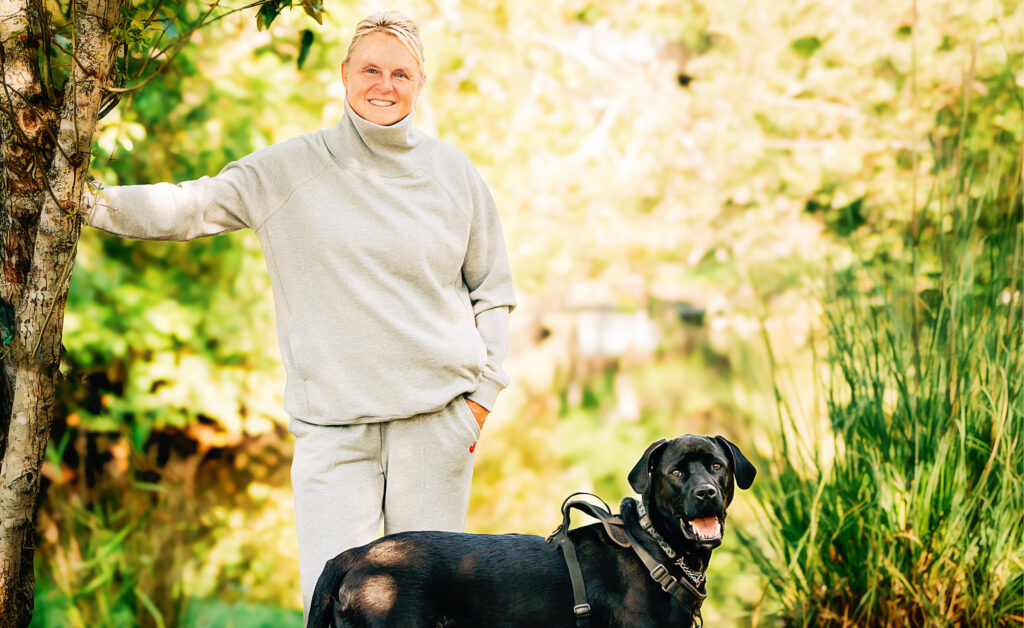by Dr. Florence Fernet-Leclair, Central Saanich Optometry –
Early intervention in childhood eyecare is key. In order to explain this, let’s look at a problem which has reached true epidemic proportions worldwide: myopia (also known as nearsightedness). Myopia occurs when the light from far objects focuses in front of the retina rather than directly on it, resulting in blurred distance vision.
In the U.S., myopia in children has doubled over the course of just a single generation. In certain countries of Asia, the myopia crisis affects up to 90% of young adults. The rate and severity of myopia is growing so considerably that researchers believe there are other contributing factors beyond genetics.
Our society is changing – children spend less time outdoors and use screen-based devices more at school and at home. Recent studies recognize that these environmental factors during a child’s formative years play a role in driving the noteworthy leap in myopia occurrence. In fact, these studies reveal that a minimum of two hours of outdoor play a day has a measurable protective effect against myopia.
We once believed the worst part of myopia was declining vision and stronger glasses. We now know there’s more to worry about than ever-thickening lenses. Regular glasses and contact lenses can help correct myopia’s resulting blurry vision, but they don’t address myopia’s underlying condition: the abnormal elongation of the eye.
Advancing levels of myopia can lead to a significant increase in the risk of more serious eye diseases later in life. Diseases like macular degeneration, retinal detachment, cataracts and glaucoma, which can all lead to blindness.
Every child should be examined no later than age five. Many are surprised that their child is already myopic and that it wasn’t caught at a vision screening at school or with a pediatrician. Vision screenings are a great tool, but not a replacement for a comprehensive eye exam for your child. Up to 11% of children pass a vision screening, yet still have a vision or eye health issue that requires treatment.
Kids who suffer vision problems like myopia don’t even realize the diminished world they see “isn’t normal.” Furthermore, 80% of learning is visual. This means that learning problems can often be complicated by, or mistaken for, vision problems.
Parents who remember getting glasses themselves fear it is just a matter of time before their children need them too. If that’s you, there’s good news: you can do something about their myopia.
A few treatment options exist, such as orthokeratology corneal reshaping contact lenses (gently reshaping the front surface of the eye overnight leaving you with clear vision in the morning), customized soft contact lenses worn during the day, and prescription low-dose atropine eye drops. Don’t be surprised if you’ve never heard of these options as some are based on cutting-edge research.
Given the long-term risks associated with higher levels of myopia, we believe it is important that parents are educated about proven options for their children. Unfortunately, most eye doctors do what we’ve done for 100 years – prescribe stronger glasses as a child’s vision deteriorates.
Therefore, it is critical to find the right doctor who uses innovative yet non-invasive methods, supported by strong scientific evidence to safely slow your child’s vision from getting worse. Ultimately, our goal it to help give them better vision for life.
That is why, when treating myopia, we prefer to use a farsighted approach to nearsightedness.
For more information visit www.cseyecare.com.




